
After high-temperature pyrolysis calcination, wet quenching, cooling and other processes, the moisture content of petroleum coke is usually 12-15%. In order to ensure that the petroleum coke remains efficient and stable during the grinding process, its moisture content must be dried to less than 3%. The petroleum coke dryer can quickly reduce the moisture content in a short time by accurately controlling the temperature and airflow, effectively avoiding over-drying or residual moisture. Conventional petroleum coke drying systems can process 2-15 tons of material per hour, and the feed temperature is controlled at around 300℃ to 400℃. Through the optimized heat exchange system, the dried petroleum coke can achieve a uniform, low-humidity state, ensuring the smooth progress of the subsequent grinding process, and greatly improving the grinding efficiency of the equipment and the final quality of the petroleum coke.

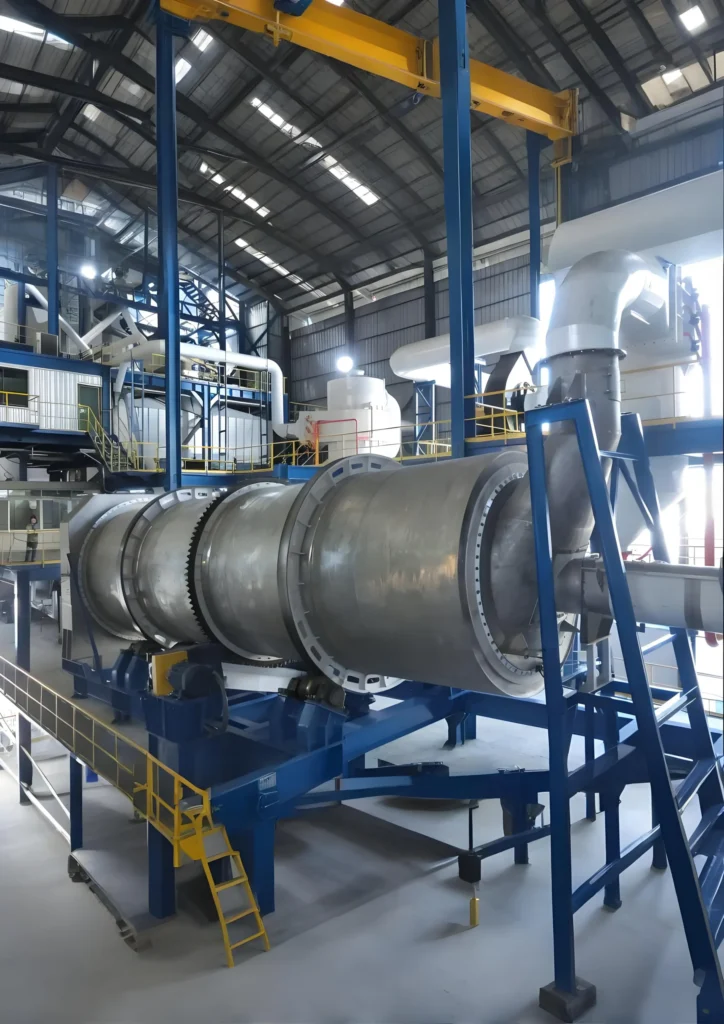
Efficient Petroleum Coke Drying Solution
A MACHINE YOU CAN DEPEND ON!
Choose our petroleum coke dryer! Advanced design ensures efficient dehumidification. Unique speed control system and dust collection device help you achieve stable and high-quality drying effect.
The petroleum coke dryer can quickly reduce the moisture content of petroleum coke from 12-15% to less than 3%. Through optimized hot air flow and temperature control, it meets the needs of subsequent grinding processes.
The dryer adopts a unique material distribution and airflow design to ensure that the petroleum coke is heated evenly during the drying process. This uniform drying effect not only improves the quality of petroleum coke, but also reduces the overheating and coking that may occur during the drying process, and extends the service life of the equipment.
Modern petroleum coke dryers are equipped with high-efficiency hot air furnaces, and through the use of sealing measures such as labyrinth seals and thermal insulation rock wool, the utilization rate of thermal energy reaches more than 90%. Through reasonable design and high-quality materials, the dryer effectively reduces energy consumption while ensuring the drying effect.
| Model | Cylinder Diameter (mm) | Cylinder Length (mm) | Cylinder Volume (m²) | Roller Speed (r/min) | Power (kw) | Weight (t) |
| TL0.6*6 | 600 | 6000 | 1.7 | 1-8 | 3 | 2.9 |
| TL0.8*8 | 800 | 8000 | 4 | 1-8 | 4 | 3.5 |
| TL1*10 | 1000 | 10000 | 7.9 | 1-8 | 5.5 | 6.4 |
| TL1.2*6 | 1200 | 6000 | 6.8 | 1-6 | 5.5 | 6.7 |
| TL1.2*8 | 1200 | 8000 | 9 | 1-6 | 5.5 | 8.5 |
| TL1.2*10 | 1200 | 10000 | 11.3 | 1-6 | 7.5 | 10.7 |
| TL1.2*12 | 1200 | 12000 | 13.6 | 1-6 | 7.5 | 12.5 |
| TL1.5*8 | 1500 | 8000 | 14.1 | 1-5 | 11 | 14.8 |
| TL1.5*10 | 1500 | 10000 | 17.7 | 1-5 | 11 | 16 |
| TL1.5*12 | 1500 | 12000 | 21.2 | 1-5 | 15 | 17.8 |
| TL1.5*15 | 1500 | 15000 | 26.5 | 1-5 | 15 | 19.2 |
| TL1.8*10 | 1800 | 10000 | 25.5 | 1-5 | 15 | 18.1 |
| TL1.8*12 | 1800 | 12000 | 30.6 | 1-5 | 18.5 | 21 |
| TL1.8*15 | 1800 | 15000 | 38.2 | 1-5 | 18.5 | 26.3 |
| TL1.8*18 | 1800 | 18000 | 45.8 | 1-5 | 22 | 31.2 |
| TL2.2*12 | 2200 | 12000 | 45.6 | 1-4 | 22 | 31 |
| TL2.2*15 | 2200 | 15000 | 53.2 | 1-4 | 30 | 36.2 |
| TL2.2*18 | 2200 | 18000 | 68.4 | 1-4 | 30 | 43.3 |
| TL2.2*20 | 2200 | 20000 | 76 | 1-4 | 30 | 48.8 |
| TL2.4*15 | 2400 | 15000 | 67.9 | 1-4 | 30 | 43.7 |
| TL2.4*18 | 2400 | 18000 | 81.4 | 1-4 | 37 | 53 |
| TL2.4*20 | 2400 | 20000 | 90.5 | 1-4 | 37 | 60.5 |
| TL2.4*24 | 2400 | 24000 | 108.6 | 1-4 | 45 | 69.8 |
| TL2.8*18 | 2800 | 18000 | 110.8 | 1-4 | 45 | 71.6 |
| TL2.8*20 | 2800 | 20000 | 123.2 | 1-3 | 55 | 76.8 |
| TL2.8*24 | 2800 | 24000 | 147.8 | 1-3 | 55 | 85 |
| TL2.8*28 | 2800 | 28000 | 172.4 | 1-3 | 75 | 95 |
| TL3*20 | 3000 | 20000 | 141.4 | 1-3 | 55 | 87 |
| TL3*24 | 3000 | 24000 | 169.7 | 1-3 | 75 | 105 |
| TL3*28 | 3000 | 28000 | 198 | 1-3 | 90 | 123 |
| TL3.2*24 | 3200 | 24000 | 193 | 1-3 | 90 | 120 |
| TL3.2*28 | 3200 | 28000 | 225.2 | 1-3 | 90 | 140 |
QUALITY NEVER GOES OUT OF STYLE
Petroleum coke is made from heavy oil or other heavy oils after crude oil distillation. It is passed through the furnace tubes of a 500℃±1℃ heating furnace at a high flow rate to cause cracking and condensation reactions in the coke tower. Then, after a certain period of coking, it is cooled and decoked to produce petroleum coke.
It is widely used in metallurgy, chemical industry and other industries as a raw material for electrodes or chemical products. Petroleum coke can be used in graphite production, smelting and chemical industry depending on its quality.
During the use of petroleum coke dryer, energy consumption mainly comes from the supply of heat source, such as electricity, fuel oil, gas or air energy. Petroleum coke dryers with different heat sources have different energy consumption.
For example, the energy efficiency of electric dryer is about 0.95, and the energy output value is 817 kcal/degree;
while the energy efficiency of fuel oil dryer is 0.8, and the energy output value is 8240 kcal/kg.
The energy consumption of petroleum coke dryer is closely related to the type of heat source, equipment efficiency and operation mode. By selecting high-efficiency dryers, optimizing operating parameters, implementing waste heat recovery and regular maintenance, energy consumption can be effectively reduced and energy utilization efficiency can be improved.
The petroleum coke dryer uses the waste gas generated by the hot blast furnace to be sent to the blast furnace coke bin through pipes and high-temperature induced draft fans. It uses high-temperature waste gas (350~400℃) to pre-dry the coke, reducing the average moisture content of the coke entering the furnace from 11% to 6%, so as to reduce the adverse effects of coke powder and coke moisture fluctuations on the furnace condition, thereby increasing the calorific value and temperature of the coal gas, increasing TRT power generation, and reducing the coke ratio entering the furnace.
The Mohs hardness of petroleum coke is affected by many factors, including calcination temperature, calcination time and raw material composition. Studies have shown that when the calcination temperature of petroleum coke increases from 1000℃ to 1400℃, its Mohs hardness increases from 50 to 90.
Calcination time is another factor that affects the Mohs hardness of petroleum coke. The longer the calcination time, the higher the Mohs hardness of petroleum coke. The raw material composition, especially the sulfur and impurity content, also affects the hardness of petroleum coke. The presence of sulfur and impurities may cause instability in the internal structure of petroleum coke, thereby reducing its hardness.
The hardness of petroleum coke has a significant impact on its drying process, including drying time, energy consumption, and equipment wear. Therefore, in the drying process of petroleum coke, it is necessary to adjust the drying process and equipment parameters according to the specific hardness characteristics of petroleum coke to achieve the best drying effect.
Based on the structure and appearance of petroleum coke, petroleum coke products can be divided into four types: needle coke, sponge coke, shot coke and powder coke.
Based on the sulfur content, it can be divided into high-sulfur coke (sulfur content above 3%) and low-sulfur coke (sulfur content below 3%). Low-sulfur coke can be used as anode paste and prebaked anodes for aluminum plants and graphite electrodes for steel plants.
Among them, high-quality low-sulfur coke (sulfur content less than 0.5%) can be used to produce graphite electrodes and carbon enhancers. General-quality low-sulfur coke (sulfur content less than 1.5%) is often used to produce prebaked anodes.
Low-quality petroleum coke is mainly used for smelting industrial silicon and producing anode paste. High-sulfur coke is generally used as fuel for cement plants and power plants.
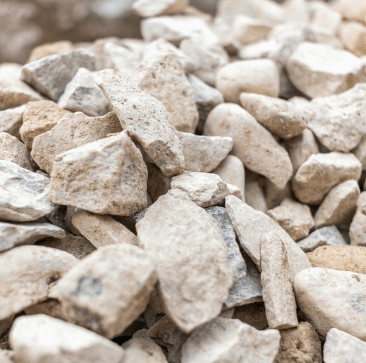
The dryer efficiently handles petroleum coke, reducing moisture to enhance its use in industrial applications like aluminum production

Ideal for drying green petroleum coke, this dryer minimizes moisture content, improving its quality and handling for further processing
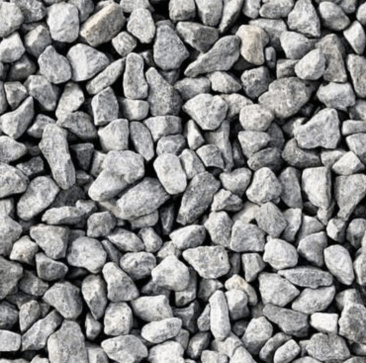
This dryer processes delayed coke, reducing its moisture and preparing it for use in energy production or as a feedstock in other industries
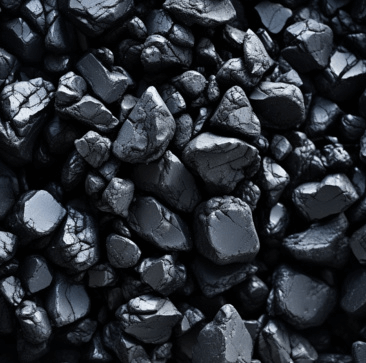
Suitable for drying calcined petroleum coke, the dryer reduces moisture to improve its flowability for use in anodes or steel manufacturing
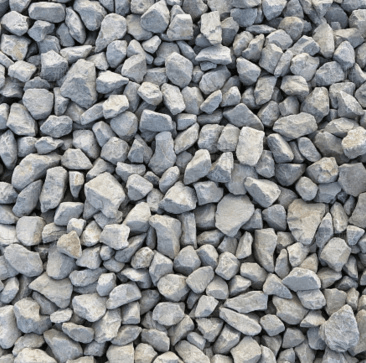
The dryer effectively handles coke breeze, a byproduct of coke production, reducing moisture and preparing it for use in various industrial processes

The dryer also processes coal tar pitch, a key ingredient in the production of aluminum anodes, by minimizing moisture for better handling
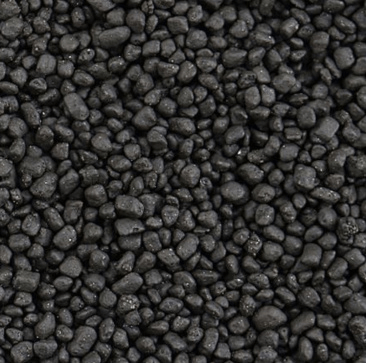
This dryer reduces moisture in petroleum coke dust, enhancing its handling and making it easier to transport or utilize in energy production
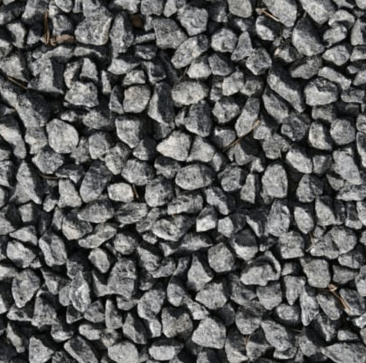
Efficient in drying petroleum coke fines, the dryer ensures moisture is removed for better processing and use in industrial applications
You can get in touch with us through the following contact information
AddressNo. 2289 Huancheng South Road, Tongxiang, Jiaxing, Zhejiang Province, China. Zip code:314500
Please fill in the sales inquiry form and our sales representatives will be in touch shortly.